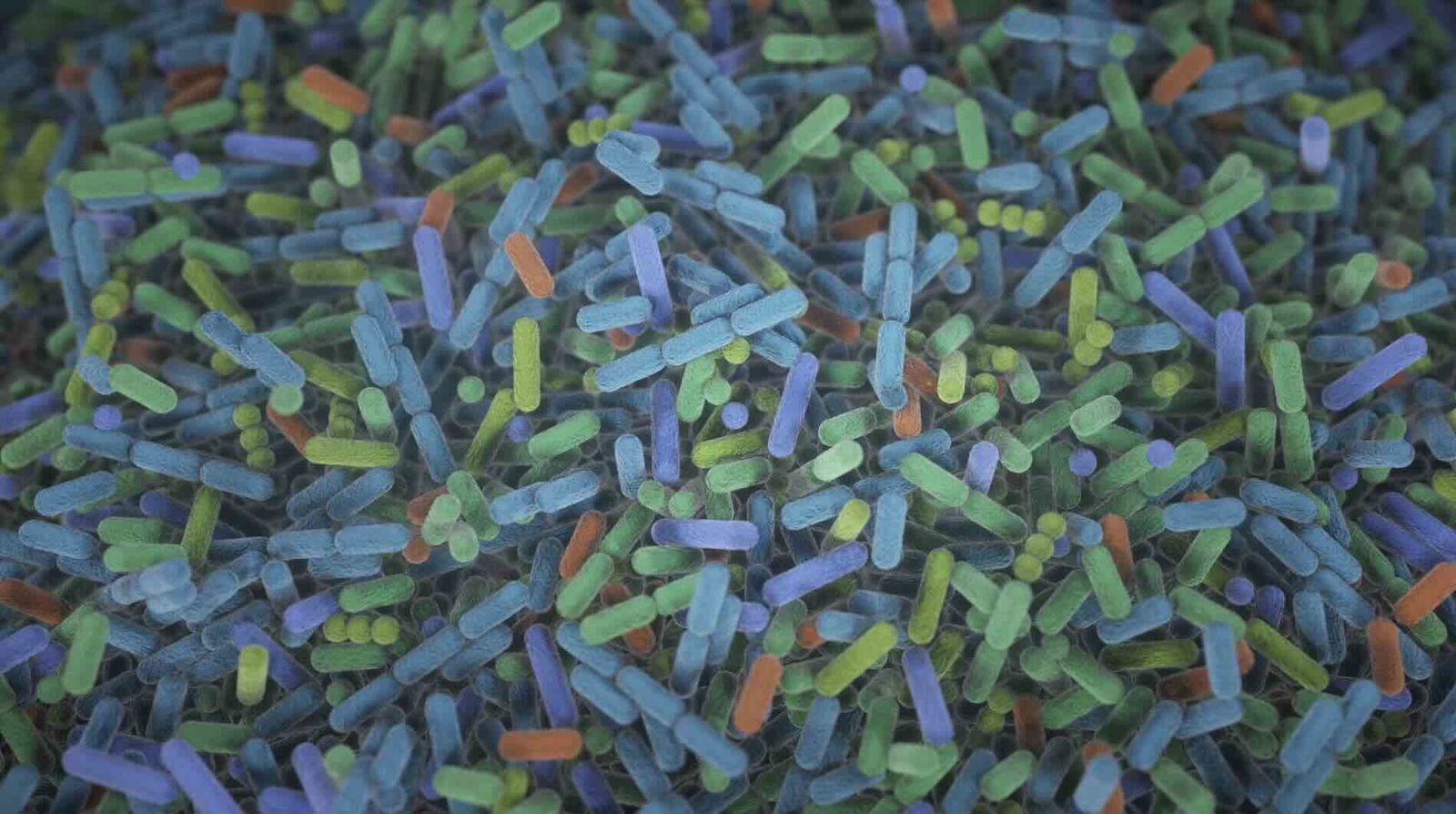In criminal investigations of sexual assault, DNA analysis often focuses on detecting the perpetrator’s sperm as evidence of intercourse. But what happens when no sperm is present—such as in cases where a condom was used? A new study published in the journal iScience offers a promising answer: bacteria.
Researchers from Murdoch University in Australia have discovered that unique bacterial species, known as the “sexome,” are transferred between individuals during sexual intercourse. These microbial signatures could serve as forensic evidence, even when traditional DNA markers are absent.
“This research is based on the forensic concept that every contact leaves a trace,” Brendan Chapman, the study’s chief investigator, said in a recent statement. “Until now, few studies have explored the vaginal and penile microbiomes within a forensic context. This research demonstrates that we can observe microbial traces from heterosexual couples’ genital microbiomes following sex.”
Current Methods for Tracking Perpetrators
Currently, forensic investigators rely heavily on DNA analysis to identify perpetrators in sexual assault cases. This typically involves collecting biological samples from the victim’s body, clothing, or surrounding crime scene. The primary focus is on detecting sperm cells containing the perpetrator’s DNA through microscopic examination and specialized staining techniques. When sperm is found, forensic scientists extract DNA using methods such as Polymerase Chain Reaction (PCR) amplification, which allows them to create a genetic profile that can be compared to suspects.
In cases where sperm is absent—due to condom use, low sperm count, or other factors—investigators may analyze epithelial (skin) cells also called “touch DNA,” or other bodily fluids, like saliva or blood, that might contain DNA. However, these samples can be limited, degraded, or contaminated, making obtaining a clear genetic profile difficult. This limitation underscores the need for alternative forensic methods, such as the new approach focusing on bacterial evidence.
Sexome Offers New Solutions
To explore possible answers to this problem, the study involved 12 monogamous, heterosexual couples. Researchers first collected genital swab samples from each participant to identify their unique bacterial populations. Using advanced RNA gene sequencing, they mapped out the specific strains present for each individual.
After an abstinence period ranging from 2 to 14 days, the couples had intercourse, with some using condoms. Post-intercourse samples revealed that each person’s distinctive bacterial signature could still be detected in their partner’s microbiome.
Interestingly, condom use did not completely prevent the transfer of these microbial signatures.
“When a condom was used, the majority of transfer occurred from the female to the male,” explained Ruby Dixon, a researcher on the project. “This shows promise for a means of testing a perpetrator post-assault and means there may be microbial markers that detect sexual contact even when a condom was used.”
The researchers also examined factors like circumcision and the presence of pubic hair but found these had little effect on bacterial transfer. However, they noted that menstruation could alter the vaginal microbiome, potentially influencing results.
Using the Sexome to Solve Crimes
While this microbial forensic method is still in its early stages, its potential is significant.
“The application of the sexome in sexual assault casework is still in its infancy,” Dixon noted. “It’s important to completely understand the external factors that may have an impact on the microbial diversity of both males and females, and this is something we plan to continue studying.”
As researchers continue to explore the sexome, this innovative approach could revolutionize forensic investigations, providing new ways to support survivors and strengthen the pursuit of justice.
Kenna Hughes-Castleberry is the Science Communicator at JILA (a world-leading physics research institute) and a science writer at The Debrief. Follow and connect with her on BlueSky or contact her via email at kenna@thedebrief.org

